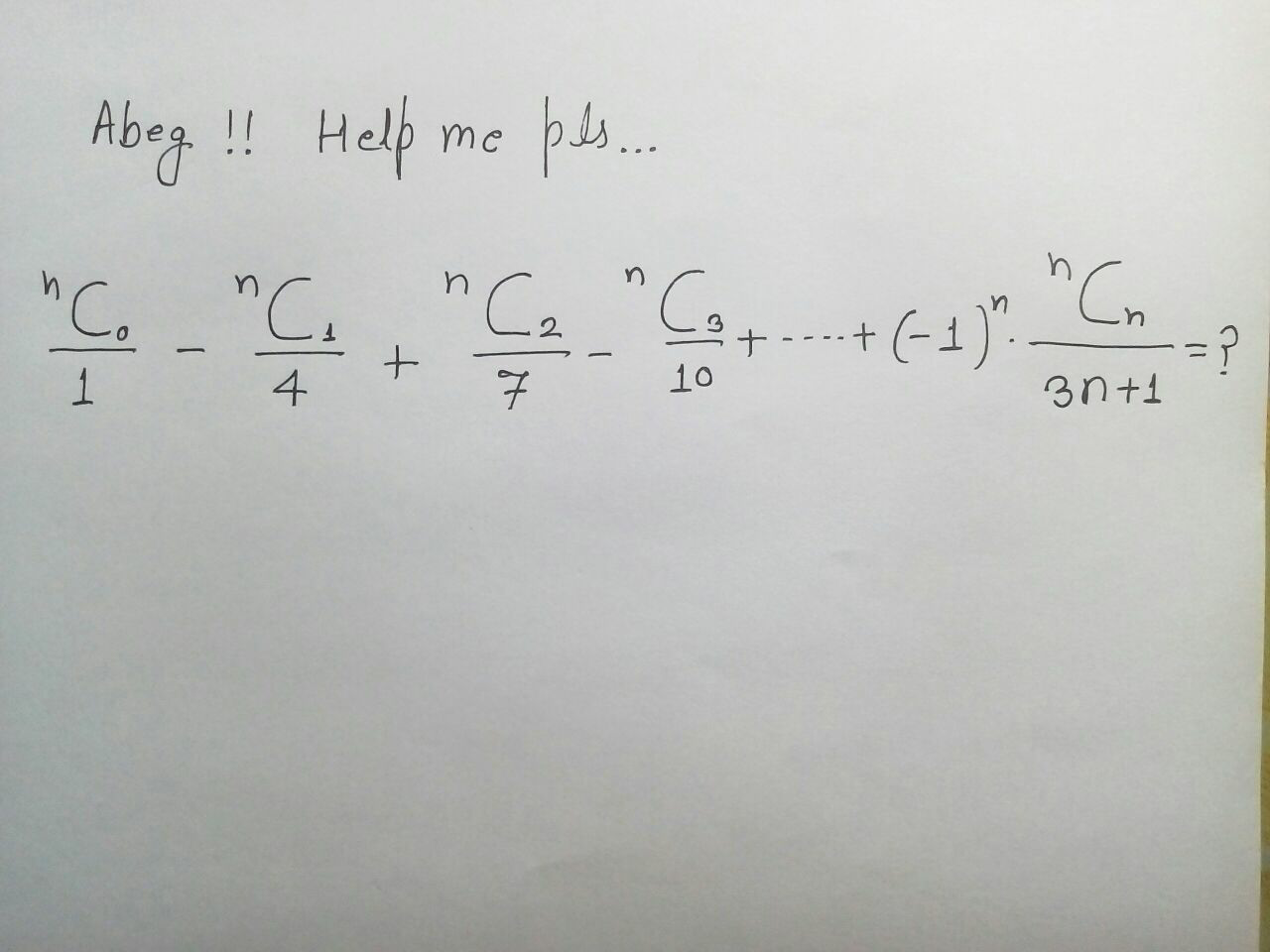
Permutation and CombinationQuestion and Answers: Page 25
Question Number 11425 Answers: 1 Comments: 0

Question Number 11384 Answers: 1 Comments: 0
Question Number 11382 Answers: 0 Comments: 2
Question Number 10029 Answers: 0 Comments: 1
Question Number 9747 Answers: 1 Comments: 0
Question Number 9573 Answers: 0 Comments: 1
Question Number 9569 Answers: 0 Comments: 0

Question Number 9495 Answers: 0 Comments: 0

Question Number 9474 Answers: 0 Comments: 0

Question Number 6090 Answers: 1 Comments: 0

Question Number 5989 Answers: 1 Comments: 0
Question Number 5444 Answers: 2 Comments: 0
Question Number 5283 Answers: 1 Comments: 1
Question Number 5280 Answers: 1 Comments: 0
Question Number 5275 Answers: 1 Comments: 0

Question Number 5254 Answers: 1 Comments: 1
Question Number 4164 Answers: 1 Comments: 2

Question Number 4105 Answers: 0 Comments: 2
Question Number 4103 Answers: 0 Comments: 9
Question Number 3884 Answers: 1 Comments: 4
Question Number 3881 Answers: 1 Comments: 4
Question Number 3274 Answers: 1 Comments: 0
Question Number 3273 Answers: 3 Comments: 0
Question Number 3216 Answers: 1 Comments: 0
Question Number 1468 Answers: 1 Comments: 0
Question Number 1074 Answers: 0 Comments: 3
